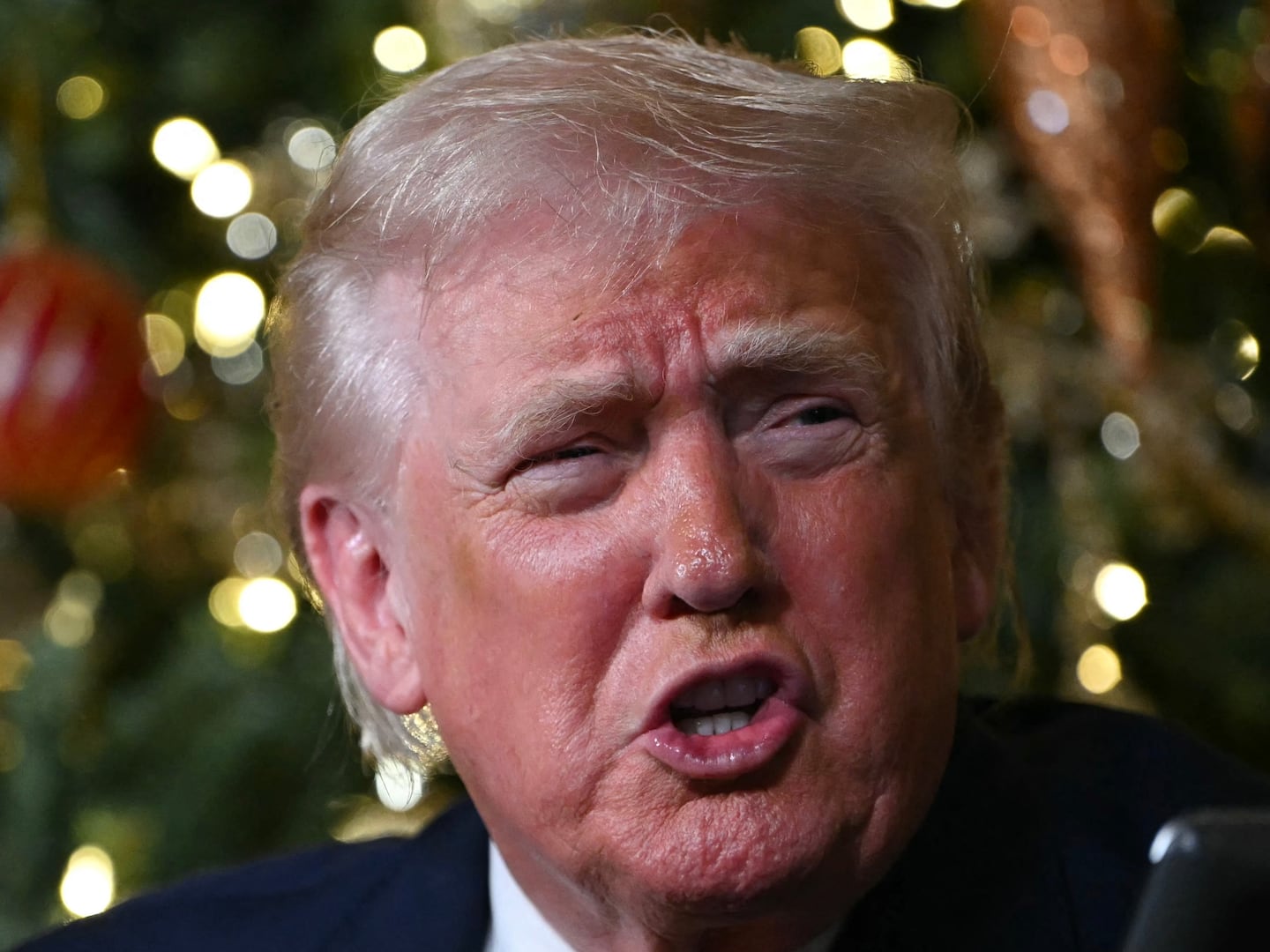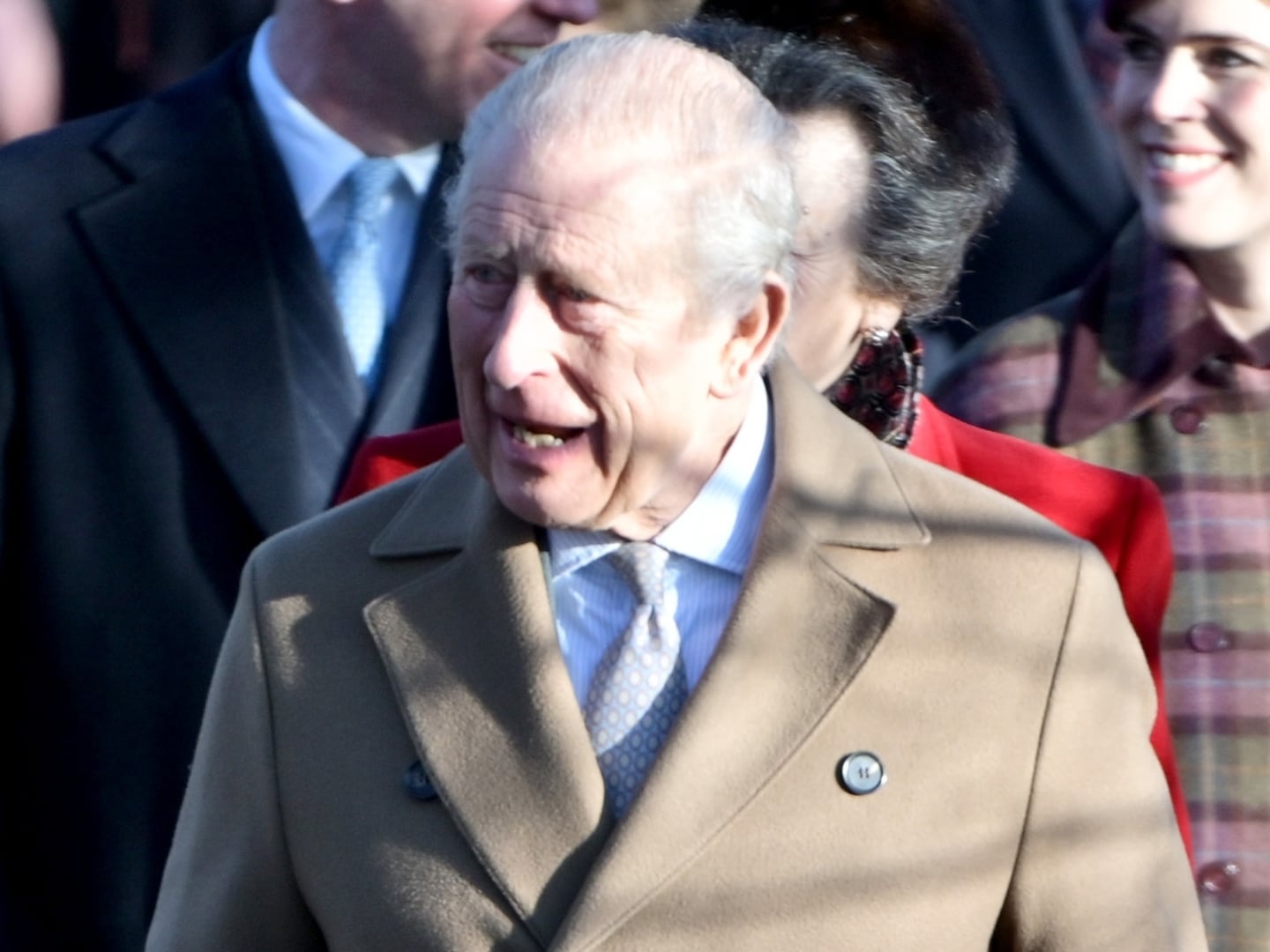
The Communist Party has serious psychological problems dealing with reality and belongs on a psychiatrist’s couch.
When the worst violence in decades broke out in China’s far northwest on July 5, the Chinese government responded by falling back on a tried and trusted method: Sink into self-denial and push the blame on scapegoats, some as far away as the United States.
The Communist Party may gain in the short run by deflecting attention from its own failures, but in the long run the growing divide between Han Chinese and the country’s ethnic minorities is widening by the day.
The steadfast refusal even to consider that the violence may have been the result of decades of well-documented harsh misrule over the Uighurs, a Turkic-speaking Muslim people who are the majority in Xinjiang, means we can expect to see many more such incidents around China in the future.
The government was quick to blame the violence on the World Uyghur Congress, based in Washington, and its 62-year-old leader, Rebiya Kadeer, a former businesswoman in China and former member of the National People’s Congress who spent five years as a political prisoner before being exiled. A few days later, the official People’s Daily pointed a finger at the United States, saying it funded the WUC and other overseas Uighur organizations.
On Friday, a spokesman for the ministry of foreign affairs argued that government policy toward China’s 55 ethnic groups was praiseworthy, and he accused outside forces of being behind trouble.
“Last year it was the Dalai Lama, this year it’s Rebiya Kadeer,” he said.
The ministry spokesman emphasized that the trouble had nothing to do with ethnicity or religion, adding, “It’s a fight between us and separatist forces.”
When this reporter asked if there was concrete evidence of outside involvement, he replied simply that proof would later be released.
The government has a history of looking outside its own conscience when such problems emerge. In the past, it has attempted to pin blame for a number of violent incidents on the East Turkistan Islamic Movement. However, Xinjiang experts and Uighurs living overseas say the organization no longer exists, never had more than two handfuls of members, and the Chinese never offered evidence that the group was ever involved in terrorist attacks. They say the Chinese government inflates claims of organized terrorism as an excuse for cracking down on any dissenting opinion in the region.
The fact is that this most recent incident had nothing to do with Kadeer or the U.S. government. It was simply the result of decades of abusive Chinese rule.
The initial spark was the murder of two Uighur factory workers in Shaoguan, Guangdong Province, after word spread that a Uighur had raped a Chinese woman. The rape turned out to be a rumor, but it took the police two weeks to provide details and no arrests were immediately made. Meanwhile, news of the murders spread throughout Xinjiang via the Internet and anger mounted over the government’s inaction.
When university students in the city of Urumqi took to the streets to express their dissatisfaction, police arrived and violence broke out. Chinese officials say 184 people were killed and 1,680 were injured—mainly Han Chinese. Uighur sources counter that hundreds of Uighurs were killed after police allegedly opened fire.
It’s still unclear what really happened, but the murder of two Uighur factory workers would not have been enough to ignite such a reaction.
During my recent visit to Xinjiang, Uighurs told me of unprecedented and far-reaching restrictions on the practice of Islam. Imams, Muslim religious leaders, are hand-selected and controlled by the government, and some religious schools are banned. Uighurs in Hotan say there are hidden cameras at some mosques and that plainclothes police watch who enters these places of worship. Women, children, university students, and government officials are all banned from entering mosques.
University students told of government attempts to make them break the annual Ramadan fast, while government employees said they were prohibited from wearing a doppa, the popular Muslim hat. “I can’t even grow a beard,” a high-school teacher quietly confided to me.
The government has seized the passports of Uighurs, and it also restricts them from participating in the hajj, the annual Muslim pilgrimage to the Mecca. Throughout the older parts of the city of Kashgar, an admonition has been stenciled on the walls of houses in both Arabic and Chinese: “Unauthorized religious pilgrimages are illegal religious activities.”
Observers say the Chinese government is carrying out systematic cultural genocide. The Chinese government has launched a large-scale migration that has seen the ratio of ethnic Chinese rise from just 5 percent in 1949 to more than 40 percent today. Meanwhile, Uighur sources say several hundred thousand young Uighur woman have been forced to work in factories in eastern China. Teachers told me of a government decision to halt the teaching of the Uighur language in schools beginning in 2012. Earlier this year, the government went ahead with an unpopular plan to raze Kashgar’s colorful Old Town, a symbol of traditional Uighur culture that housed 40 percent of the city’s Uighur population.
No one who watches Xinjiang closely was surprised by what happened. As Uighur-American lawyer Nury Turkel wrote in a commentary last week: “Of course the Uighurs are fed up; they are living in an open prison.”
President Hu Jintao cut short his attendance at the G-8 summit in Italy to return to Beijing on July 7. But anyone hoping that Hu would calm the situation by admitting to mistakes, or deal with the issue in the spirit of the “harmonious society” that he’s always talking about, was surely disappointed. Shortly after his return, the nine-member Political Bureau Standing Committee, headed by Hu, responded with a harshly worded statement that promised “severe punishment” of the culprits involved in the incident in Urumqi.
Chinese media coverage of the violence has portrayed Uighurs in a very negative light, much as it did Tibetans during the disturbances in Tibet last year, fueling angry Chinese nationalist sentiments. The Communist Party may gain in the short run by deflecting attention from its own failures, but in the long run the growing divide between Han Chinese and the country’s ethnic minorities is widening by the day.
This is all a bad omen.
China is facing growing unemployment, inflation, a dangerously widening gap between rich and poor, and increasing human-rights violations. Recent months have seen dozens of public protests, and not just from minorities. Chinese farmers, factory workers, taxi drivers, and the urban class are increasingly taking to the streets.
Unless the Communist Party abandons self-denial and its blind faith in brute force as its modus operandi for dealing with problems, it can expect to face an ever-increasing number of challenges to its rule. But it’s unlikely that this will happen any time soon. The Communist Party is in serious need of help.
Paul Mooney, a freelance journalist, has been reporting from Beijing since 1994.






